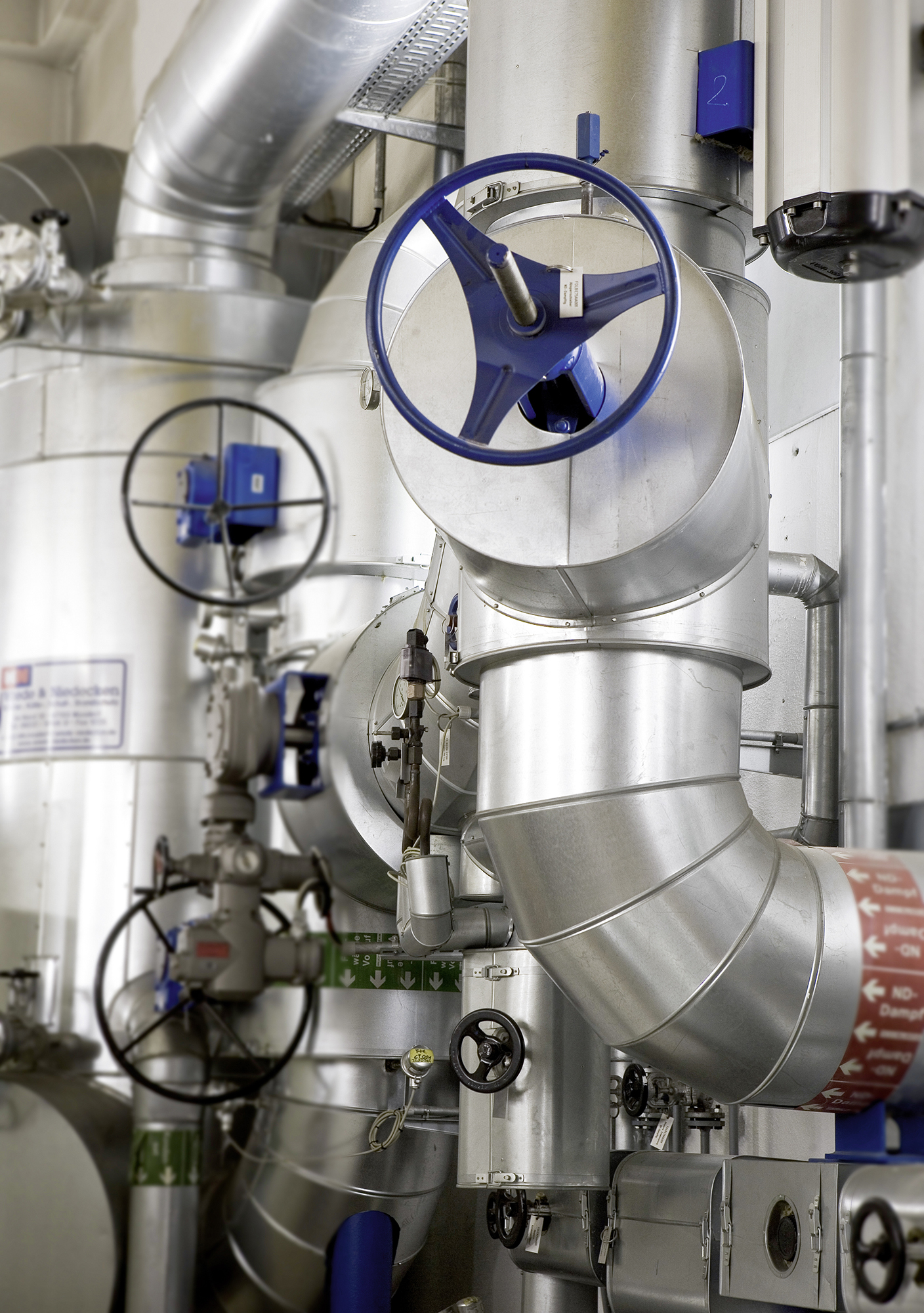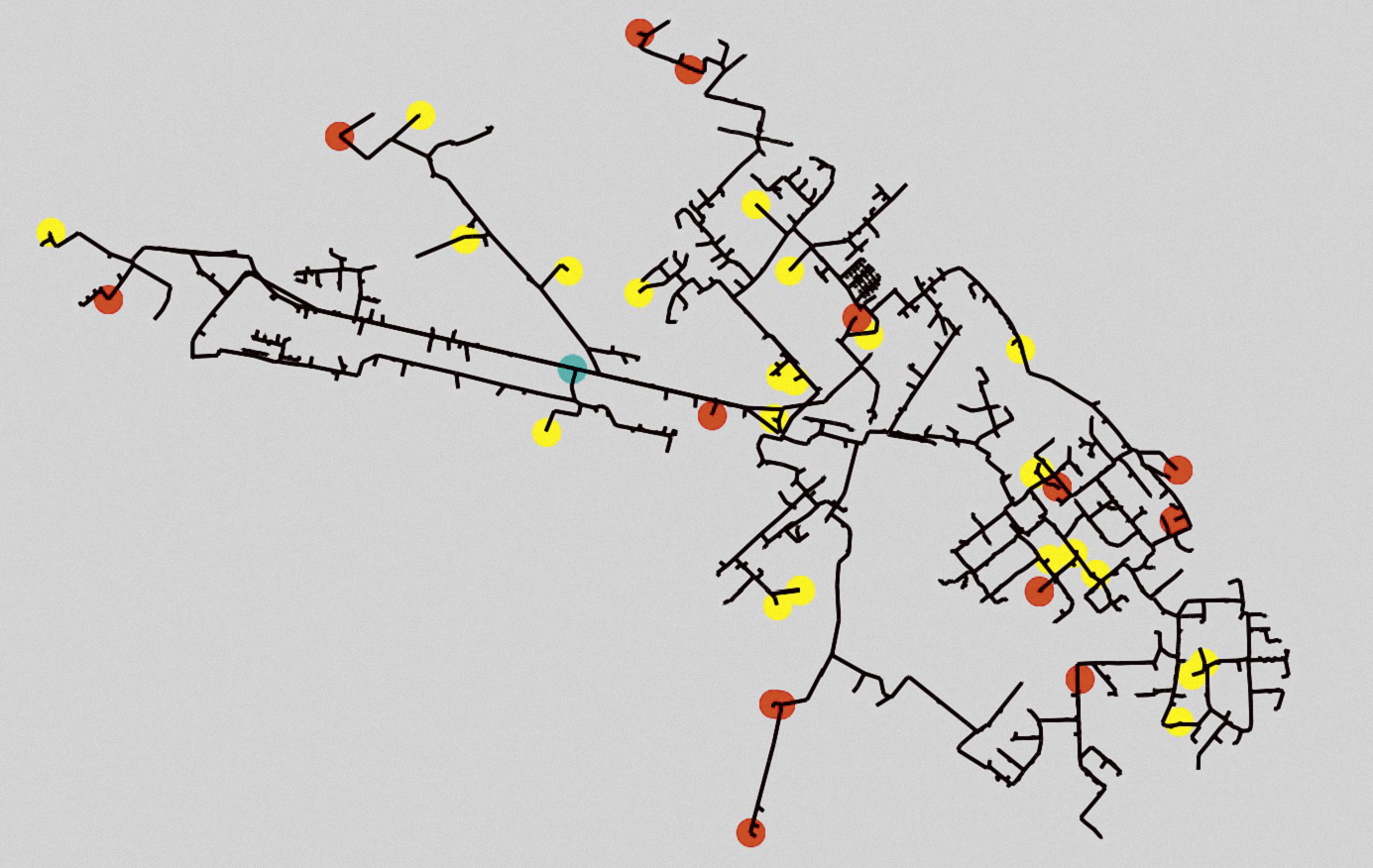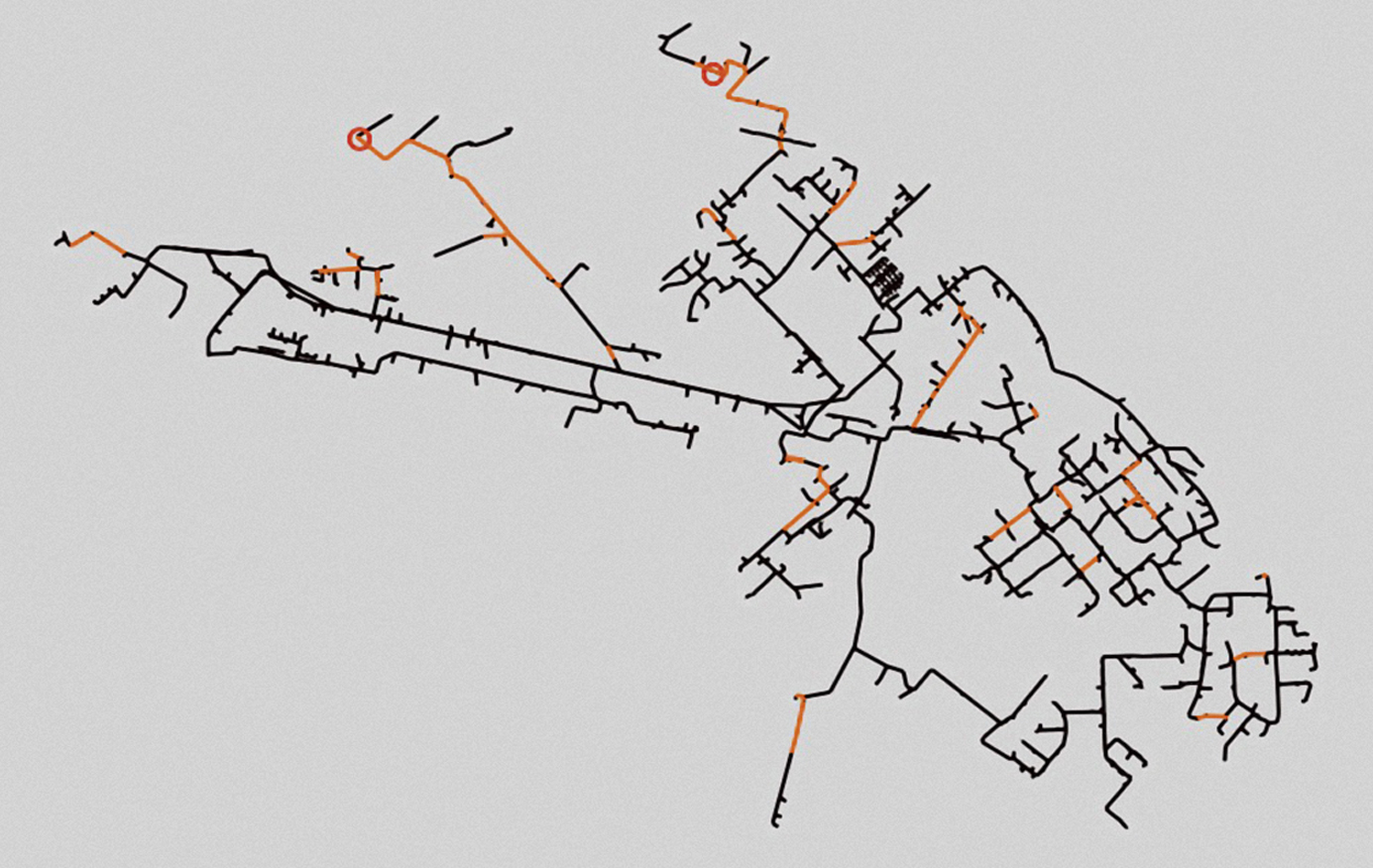In the project »EnEff:Wärme – DingFESt« funded by the German Federal Ministry of Economics Affairs and Climate Protection (BMWK), we are working with GEF Ingenieur AG and Technische Werke Ludwigshafen AG (TWL) to develop a »Digital Twin for the Flexibilized and Efficiency-Optimized Control of Decentralized District Heating Networks«.
The heating sector is facing numerous challenges in the course of the advancing energy system transition: In addition to the steadily declining demand for heat, these include the need for dynamic sector coupling and the increase in decentralized heat generation, also by so-called prosumers. This term refers to companies that not only draw heat from the grid but also feed in themselves, e.g. waste heat from industrial processes.



